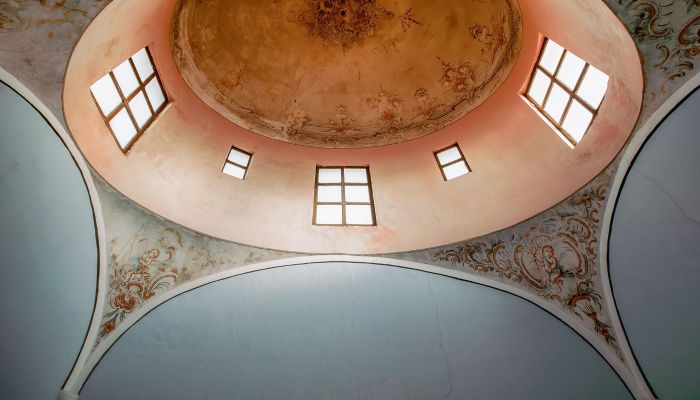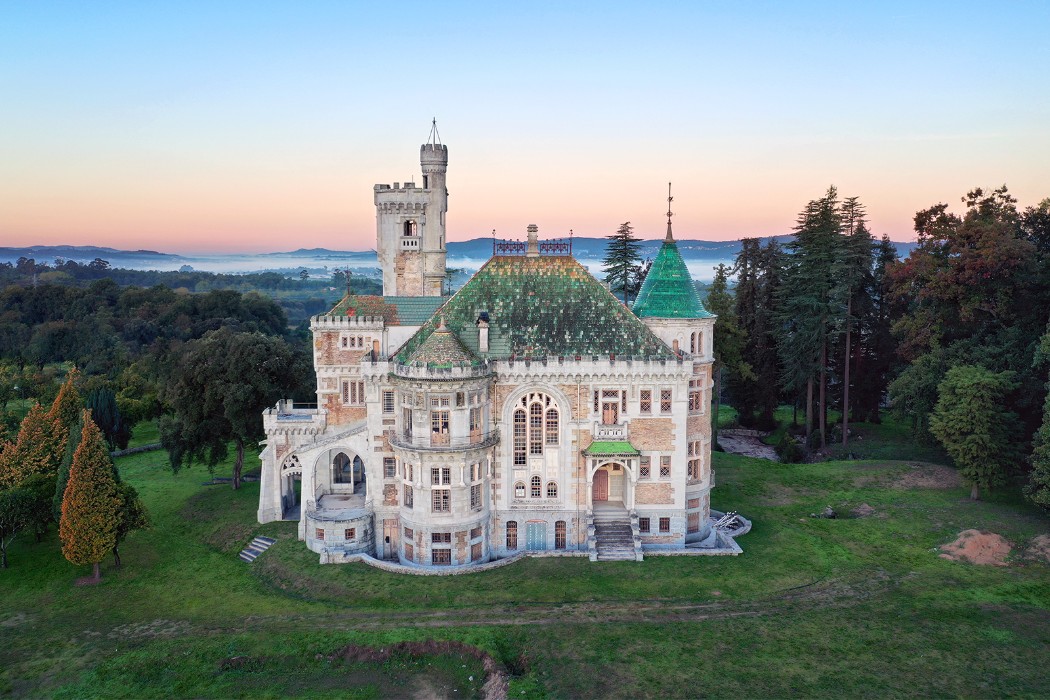-
Buy
Character properties overviewEuropean castles and manors
- United Kingdom
- All regions
- England
- Scotland
- Wales
- Northern Ireland
- Overseas
- Poland
- Czech Republic
- Italy
- France
- Germany
- Spain
- Austria
- Switzerland
- All countries
Popular overseas countries -
Sell
Free Single listingsSelling overseasPublish multiple listings
Find castle agents
Entrust the sale of your historic property to capable hands. REALPORTICO connects you with selected partners tailored to your specific needs, offering exceptional expertise in selling historic properties in the United Kingdom or abroad. You have the freedom to choose whom to collaborate with. Our presentation centered on heritage properties and supported by a local and global network, reaches a significantly broader audience compared to everyday real estate sources. - Portico Secrets Secrets
- E-Mail alert
- Blog
- Photoportico
-
Newsletter
- Extras
Castles, palaces, manor houses for sale Neustadt an der Weinstraße
Read moreNeustadt an der Weinstraße is one of the most historically rich cities in the Palatinate, nestled between the long ridge of the Haardt Mountains and the Rhine Plain – where the vineyards of the Palatinate gently ascend, and the climate creates particularly favorable conditions for viticulture. Situated in the southwestern region of Germany, not far from France, between the Rhine Plain and the Palatinate Forest, the area exudes its distinct Palatinate character, shaping not only the wine culture but also its architecture, culture and way of life.
A cultural and historical highlight of the city is the castle Hambacher Schloss, which majestically overlooks the vine-covered slopes and is located in a popular hiking area. In 1832, the Hambacher Fest
took place here – a pivotal moment on the path to German democracy. Today, the castle serves as a museum and event venue.
Viticulture has a centuries-old tradition in Neustadt, dating back to Roman times. In the 19th century, the city developed into a major wine and trade center. During this period of prosperity, numerous representative villas were built – erected by wealthy winemakers, successful entrepreneurs, and members of the educated bourgeoisie. Many of the city's iconic historical villas, farmsteads, wineries, and residential buildings, some dating back to the Renaissance or Baroque periods, have been remarkably well-preserved and stand as enduring witnesses to the city's long viticultural history, passed down through generations.
The surrounding area is equally charming, with its winemaker villages, narrow streets, large winemaker estates, and three-winged farmhouses, which often feature courtyards, wine cellars, and historic vaults alongside residential and agricultural spaces. In autumn, the wineries open their doors – with local wine festivals in the various villages, including the German Wine Harvest Festival and the crowning of the German Wine Queen, being among the annual highlights of the region.
The eponymous Deutsche Weinstraße is regarded as the region's tourism backbone. It begins at the Deutsche Weintor at the French border near Schweigen-Rechtenbach and connects the traditional wine towns all the way to Bockenheim. The route passes through Neustadt as well as the Palatinate districts of "Südliche Weinstraße" and "Bad Dürkheim." Due to the mild climate with up to 2,000 hours of sunshine per year, the region is often referred to as the "Tuscany of Germany."
The Deutsche Weinstraße became internationally known through the now-defunct Palatia Jazz Festival, which for many years offered a unique blend of jazz, historic backdrops, and gastronomy, bringing world-renowned jazz artists to the Palatinate.
The city benefits from its advantageous location and strong economic connectivity. In addition to viticulture, international companies such as SAP in Walldorf and BASF in Ludwigshafen are prominent employers in the region, helping to stabilize the real estate market and making the city an attractive place for commuters.
Neustadt an der Weinstraße is not only the top choice for wine lovers and connoisseurs of German wine culture. If you appreciate the most picturesque wine landscape in Germany, nestled between the Palatinate Forest, the Rhine-Neckar region, and close to France, the city offers both prestigious living opportunities and a dynamic environment for business activities and entrepreneurial ventures.


